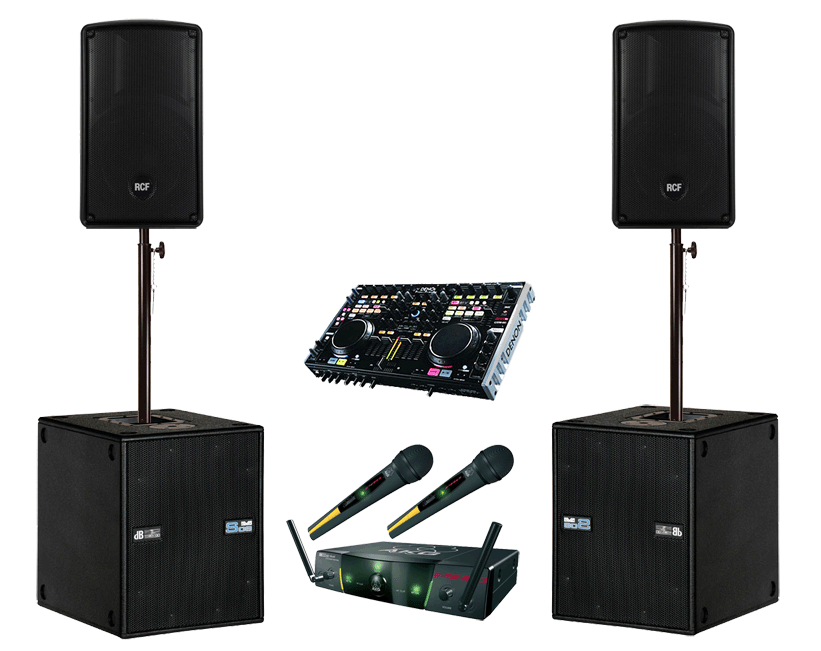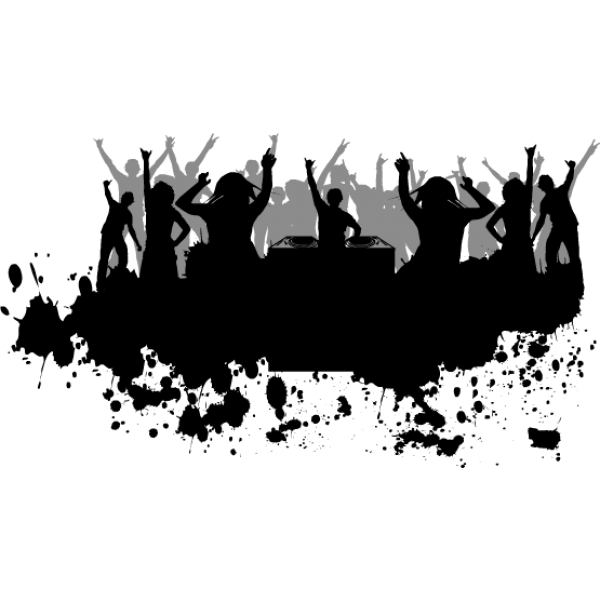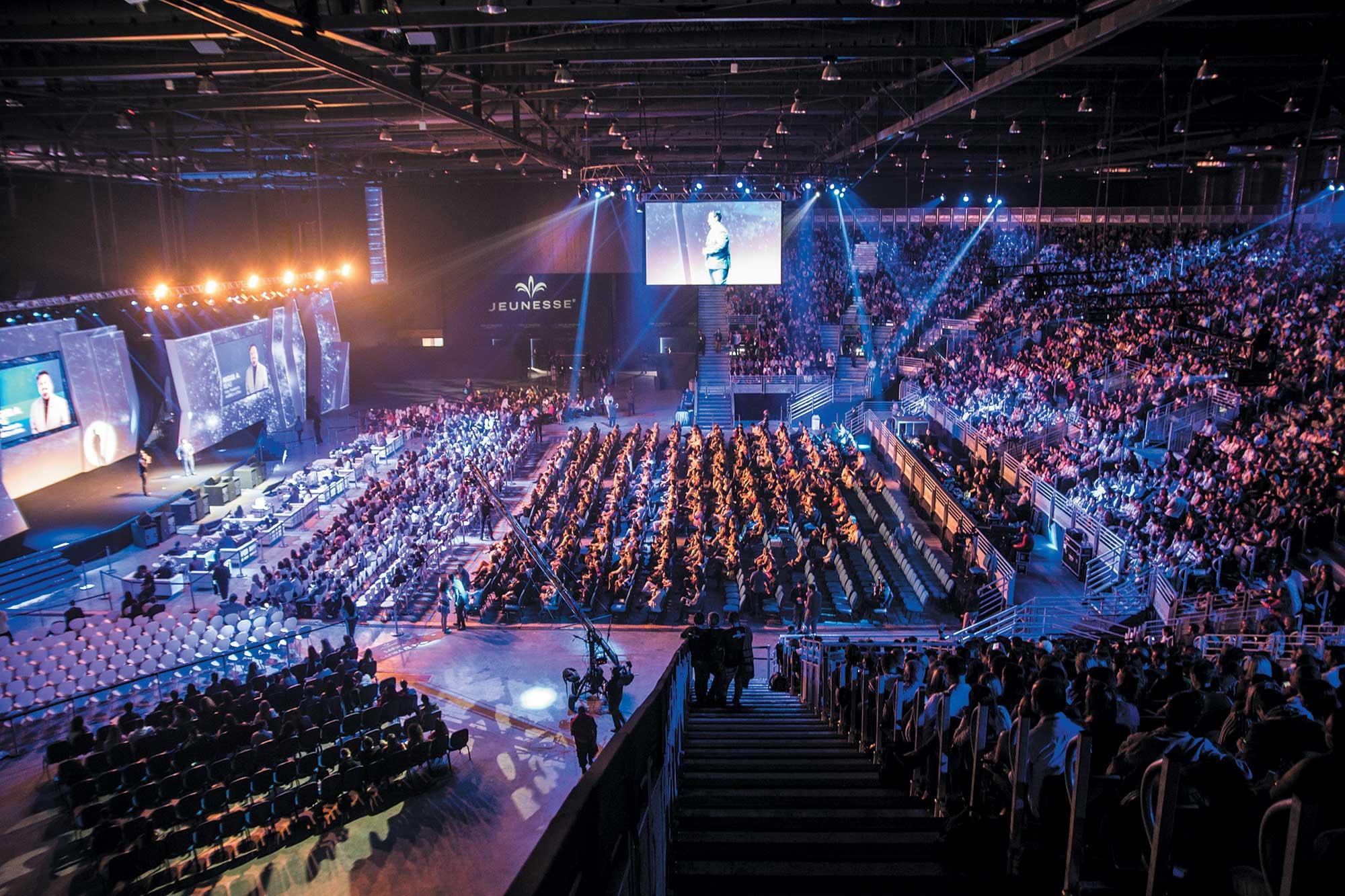Can you provide me with a compelling reason to sacrifice my precious spare time to attend your Space 289 event? Additionally, I would appreciate it if you could provide me with multiple convincing reasons.
An engaging and coherent event summary will attract attendees: inform them about the details of the event, who will be participating, and the potential benefits of attending. Your event may be amazing, but it won’t be perceived that way unless you effectively communicate and persuade others.
Effective event descriptions can also result in increased media attention. This is crucial for not only attracting attendees but also for promoting scientific discussions to a wider audience. The detailed descriptions of scheduled events give the publicity team content to promote and offer journalists ideas for potential stories on events and speakers.
Tips to write a description for event summary
Write a short, snappy event title
Some great examples are ‘Can science save humanity?’, ‘Fifty shades of cray: reproduction in the sea’, ‘Footy Quake’ (can a rugby crowd register on the Richter scale?), ‘Poo Palace’ or ‘The mathematical magic of The Simpsons’. These titles are captivating, thought-provoking, descriptive, entertaining and/or informative in just a few words.
The title “Toowoomba’s National Space 289” may not effectively convey the nature of the event, as attendees likely already know it is related to Space 289 through the app or website. Consider a title that offers more insight into the event content.


Begin the summary with the most delicious parts.
Upon registration, you will need to include a detailed description (maximum 2000 characters) and a brief summary (maximum 300 characters) of the event, emphasizing why social events are important for students. In the summary, describe the event proceedings and highlight any unique or noteworthy aspects. Make sure to highlight the most captivating and crucial details in the summary, as it will be the first thing attendees see on the event’s website. This section needs to grab their attention immediately and convey the educational and social benefits that students can gain from attending.

Provide us with facts, not opinions or rhetoric
Do not use unnecessary words that do not provide valuable information to the reader. For instance, stating “a fun and exciting celebration of chemistry” and then listing the organizations involved is not informative beyond focusing on the topic of chemistry.
Another option could be to learn about the science behind the ozone layer depletion and then apply that knowledge while cooking, or to listen to a renowned scientist discuss her experiences in the field of chemistry, her inspirations, and the future advancements in the subject.
Do not use words like ‘fun’, ‘interesting’, and ‘exciting’. Instead, let the planned activities or events show their own appeal.
If your project involves various activities and events, please provide examples.
Do not be tempted to oversimplify by covering a broad range of topics and activities. It is important to provide enough specific information to attract customers.
To illustrate, the description “an exciting celebration of all things science” is quite vague. A better description could be “scientists discussing their inspirations, such as the discovery of the Wollemi pine, Australia’s contributions to astronomy, and needleless vaccinations”. This more specific description may catch the interest of an astronomy enthusiast who may have overlooked the first example.
Emphasizing key points and providing specific instances makes the event more concrete. It also expands the potential vocabulary associated with the event for better search engine optimization on the website.

Please tell us about the experts speaking at the event
If professionals or presenters play a crucial role in your event, provide us with information about them!
Examine three different accounts of the identical occurrence:
- “a night dedicated to the subject of physics, featuring a special speaker”
- “an evening dedicated to physics, which will feature a presentation by a theoretical particle physicist”
- “a night dedicated to physics, featuring a presentation from particle physicist and host of 3CR’s Lost in Science program, Chris Lassig”
Or compare:
- …with a guest speaker from another country…
- …showcasing television host, astrophysicist, and globally renowned ‘badass’ Neil deGrasse Tyson.
Your guest speakers do not need to be well-known or scientists, but it is important to clarify their background and explain why they are relevant or provide a unique perspective on the topic. For instance, a previous event titled ‘Sydney Ideas: Bringing Science to Wellness’ featured a consumer advocate, a health blogger, and a lifestyle media editor, all of whom were described in the event’s online description.
Just a reminder that you can log in at a later time to revise your event details, so it’s best to register early and add any speakers or panelists once they are confirmed.
Include an captivating picture
Humans are naturally drawn to visual stimuli. A compelling image can effectively convey a message and generate interest in your event. This could be a photo of individuals engaged in a similar event, a cute image of children involved in science activities, a picture related to the event’s theme (such as astronomy or crystal structures), or a photo of a keynote speaker.
The photo featured on this page showcases Dr. Ken Dutton-Regester, an event organizer and speaker, a cancer researcher at QIMR Berghofer, and the creator of Excite Science. The picture highlights his expertise in biomedical science and his passion for blending science with art and design. His lively and cheerful personality is evident in his expression.
Don’t use:
- A promotional poster artwork was made for the event, but it has been reduced to a small thumbnail size, making the text visible but impossible to read.
- likewise, a slide from a presentation reduced to a small thumbnail size
- A picture filled with logos of supporters with minimal significance or visual attractiveness, with NASA being the only possible standout.
- It is important to obtain proper usage permission or consent from the copyright holder and any individuals depicted in the images, especially when it comes to images of children. Refer to the Australian Institute of Family Studies fact sheet for further details.

Make it searchable
When promoting your event, make sure to use keywords that people might use when searching for events, such as “sport”, “robotics”, or “art”. This is especially important if the event speakers are going to be interviewed in the media. People may not remember the expert’s name or know how to spell it, so including relevant keywords related to their subject matter will help people find the events they are promoting. For example, in 2015, searching for “SciBabe” would bring up Yvette’s events, while searching for “Suzy Wiles” would not yield results unless you searched for keywords like “bacteria” or “superbugs”. Remember to keep this in mind when promoting your event.
Final Thoughts
Writing a compelling press release for an event, particularly for Space 289, requires clear, factual communication that highlights the unique aspects of your event and effectively captures the attention of both potential attendees and the media. An engaging title, a succinct yet informative summary, and strategic use of visuals can significantly enhance the appeal of your press release. Additionally, focusing on providing detailed descriptions of the event’s activities, the expertise of the speakers, and the overall impact of the event can help in attracting a targeted audience. For assistance in structuring and refining these descriptions, consider utilizing resources like essaypro.com/lab-report-writing-service. Remember, the goal is to make your event stand out in a sea of many, ensuring it is not only found but also compelling enough to draw interest and participation. Effective communication, therefore, is key to making your event a success.